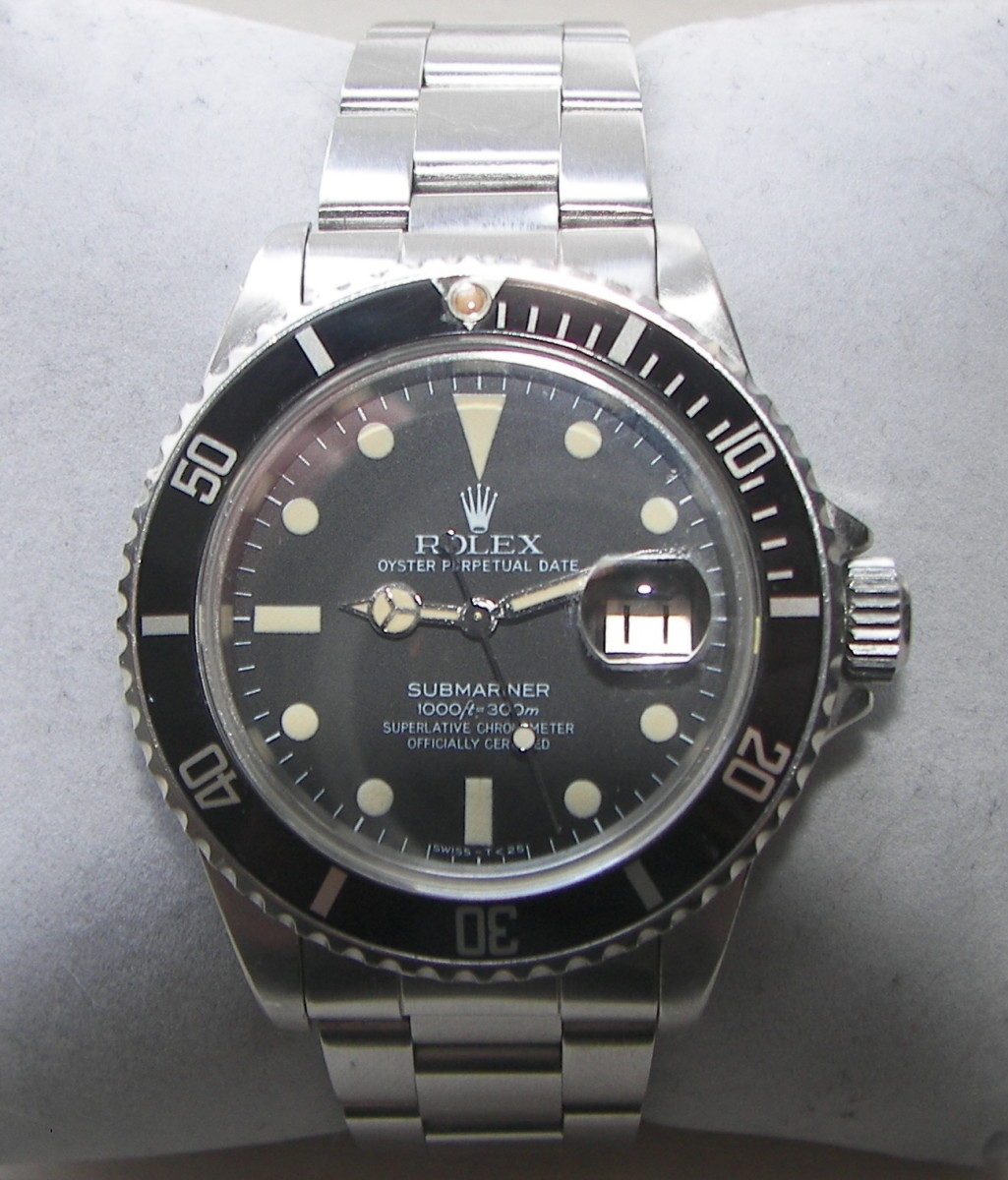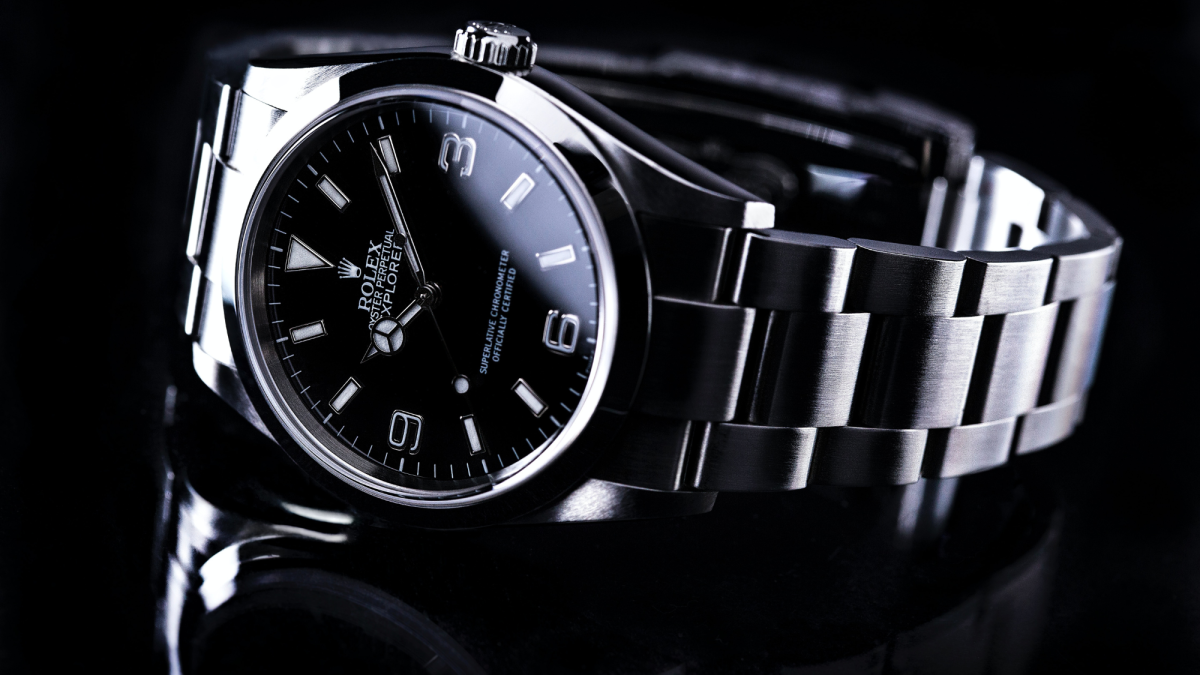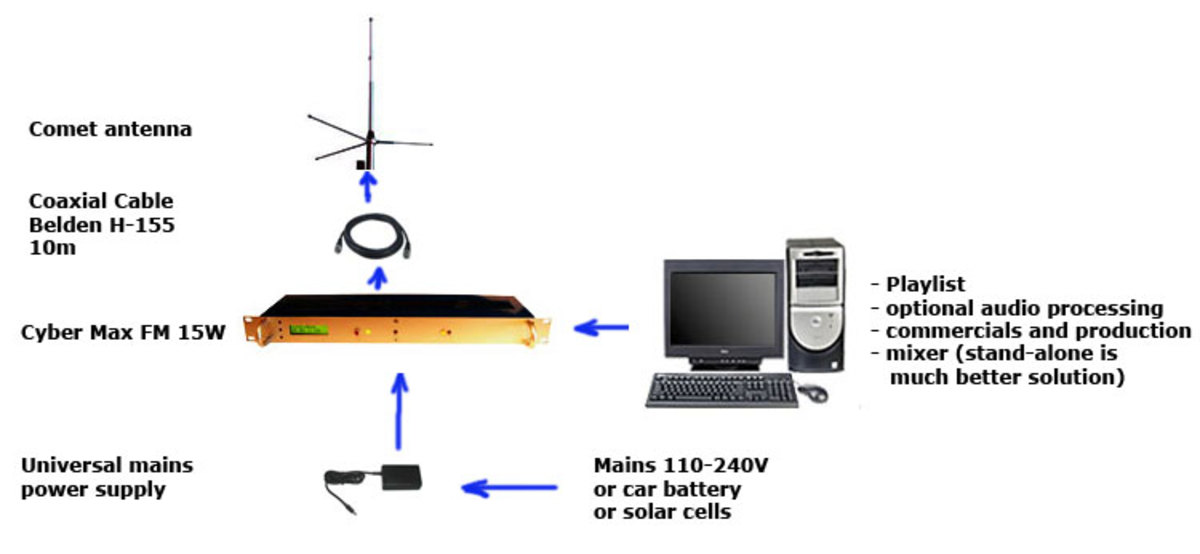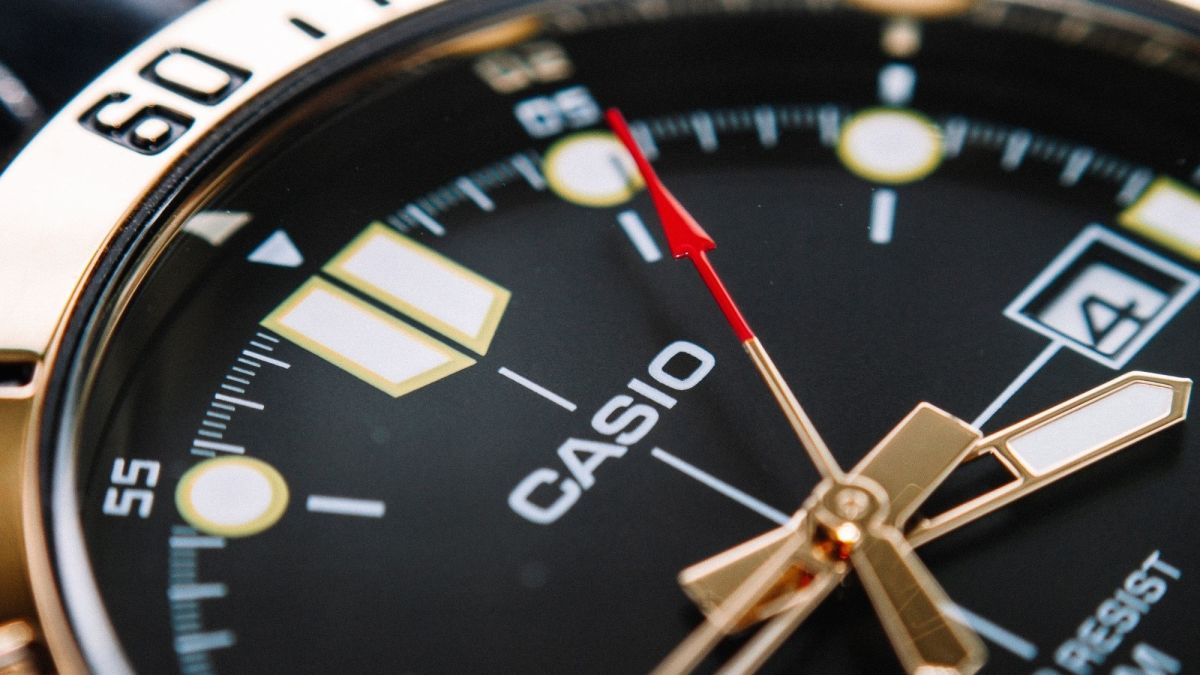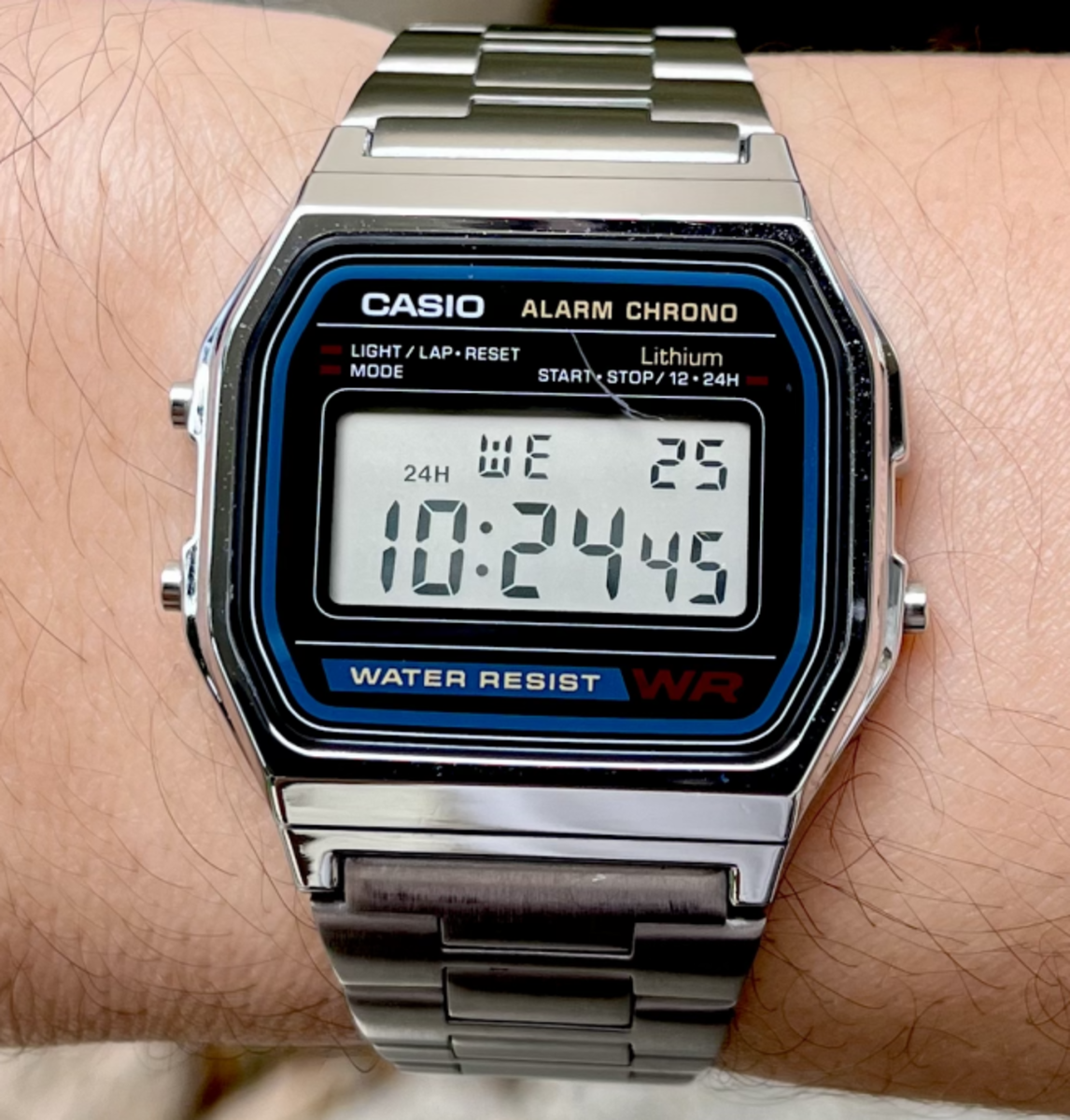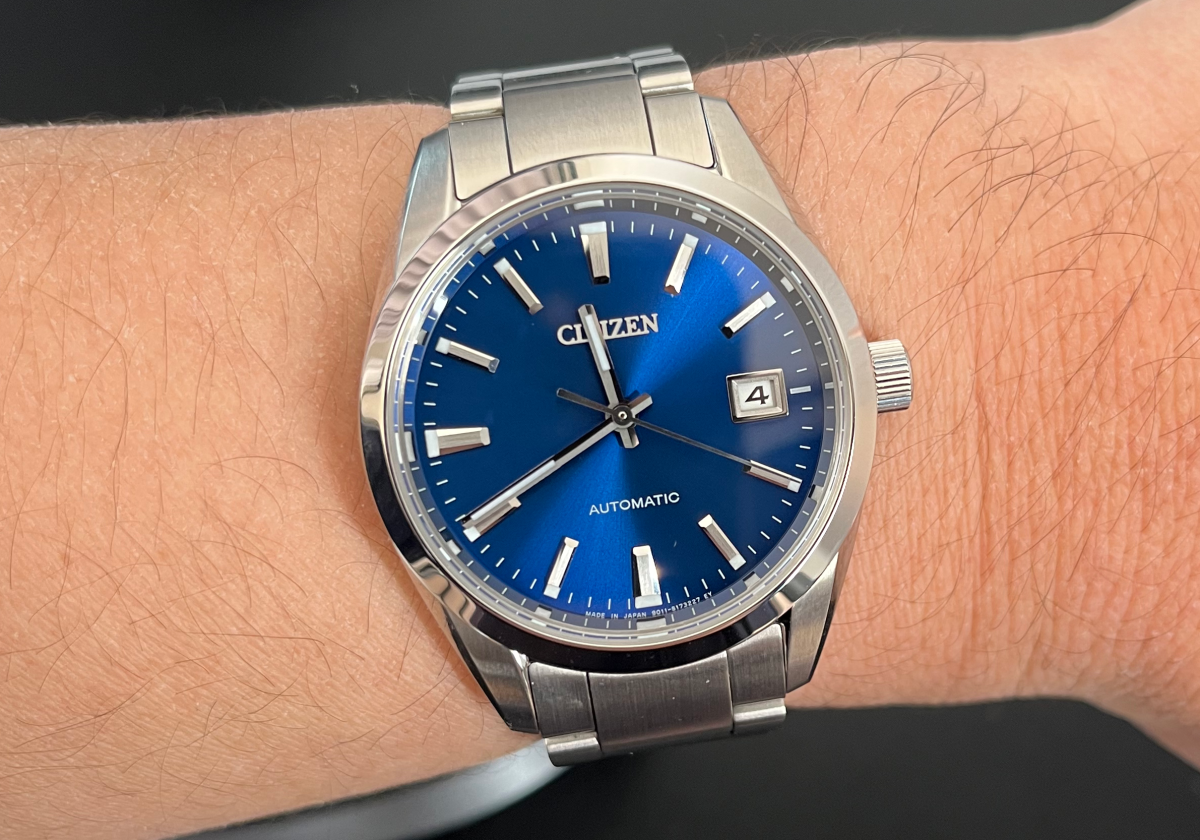Atomic Wrist Watches-Better Than Rolex?
What Is An Atomic Wrist Watch?
Atomic wrist watches, more accurately called radio controlled watches, are the most accurate wrist watches in the world. It is estimated that an atomic watch will lose less than one second, over the course of three million years.
By receiving a radio signal that contains the time and date code from one of the atomic clocks that keep the world's time, an atomic watch automatically calibrates itself to the exact time. They self-adjust for Daylight Saving Time, leap years, and even leap seconds.
How Atomic Watches Work
These wrist watches contain radio receivers that are tuned to a specific frequency. The frequency varies, depending on where you live. If you live in the U.S., for instance, the radio station carrying the time code frequency is WWVB. This is a radio transmitter dedicated to the time code from the atomic clock at Fort Collins, Colorado.
When you purchase an atomic wrist watch, the only thing you need to do is set your time zone. This simple process usually entails scrolling through a menu to select the area in which you live. Once you have done that, the watch will automatically update several times a day. These updates usually happen late at night because there is much less radio interference at this time. It may also be necessary to leave your watch near a window to maximize reception. A time, day and date update usually takes about five to seven minutes. It's important that you not move the watch, or push any buttons while it is receiving.
A Few World Frequencies
In Germany, DCF77 is the station dedicated to time code transmission. The transmitter is located in Mainflingen, near Frankfurt.
Once called "The Rugby Clock", MSF is the station to which atomic watches in the UK are tuned. Broadcast at 60 kHz, it is also received throughout parts of northern and western Europe.
Radio station JJY broadcasts the time code for Japan, via two transmitters, at two different frequencies. There is one near Fukushima, that transmits at 40 kHz, and another on Kyushu Island, transmitting at 60 kHz. The two different frequencies ensure that the transmitters will not interfere with each other.
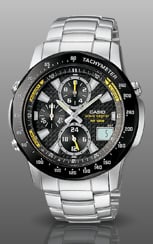
Things To Know Before Buying An Atomic Wrist Watch
As long as you are within a 2000 mile radius of the transmitter to which your watch is tuned, you should receive regular updates. This covers just about all of the U.S., with the exception of Alaska and Hawaii.
If you travel outside of this radius, your atomic watch will continue to function as (and with accuracy comparable to) a quartz watch. Once you are back within range, it will update at the normal times.
There are a few other factors that may affect your atomic wrist watch's ability to receive the signal. You may have difficulty if you are in a vehicle, in or around tall buildings, or in a mountainous area. Most manufacturers have accounted for this, by adding a "manual receive" feature. With this feature, you can manually activate the receiver when you in a more suitable area.
Why You Need One
OK, so you probably don't absolutely need one. But if you're shopping for someone who loves wrist watches (and there are a lot of us who do), this should top your list. A watch fancier may take a certain level of pride in knowing that there is no watch more accurate than theirs.
They are available in digital, chronograph, or a combination of both. There are sport models, casual, and business models. Most are water resistant to one degree or another. They can be found for prices starting at around thirty dollars, and ranging well into the hundreds, depending on the style and features you want. Regardless of how little or how much you spend, they all maintain the same unparalleled level of accuracy.
Who Makes Them?
There are a number of companies that make atomic watches, but Casio seems to dominate the U.S. market. Their Wave Ceptor line of atomic wrist watches runs the gamut in terms of styles, and range in price from around forty dollars, to over three hundred. For durability, Casio G-Shock watches are tough as nails. I tend to shop from the lower end of the price range, but both of my Wave Ceptors have absorbed a lot of abuse, with no sign of distress.
Rather Have A Rolex?
You could spend thousands of dollars on a Rolex (if my wife is reading this, I am partial to the Submariner), but even that time honored name can't keep better time than my forty dollar atomic wrist watch. These little gadgets are clearly the way to go, when you want to know what time it really is.


